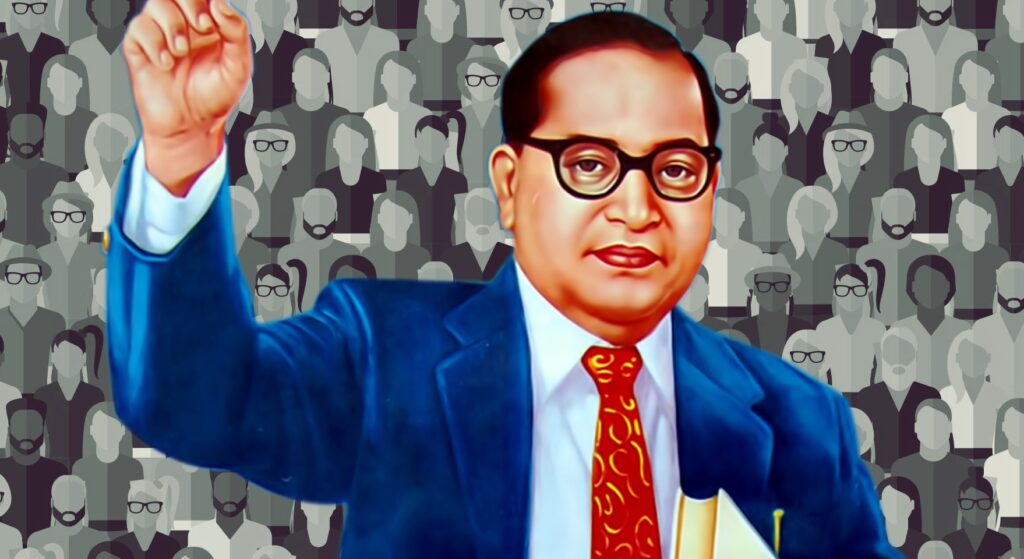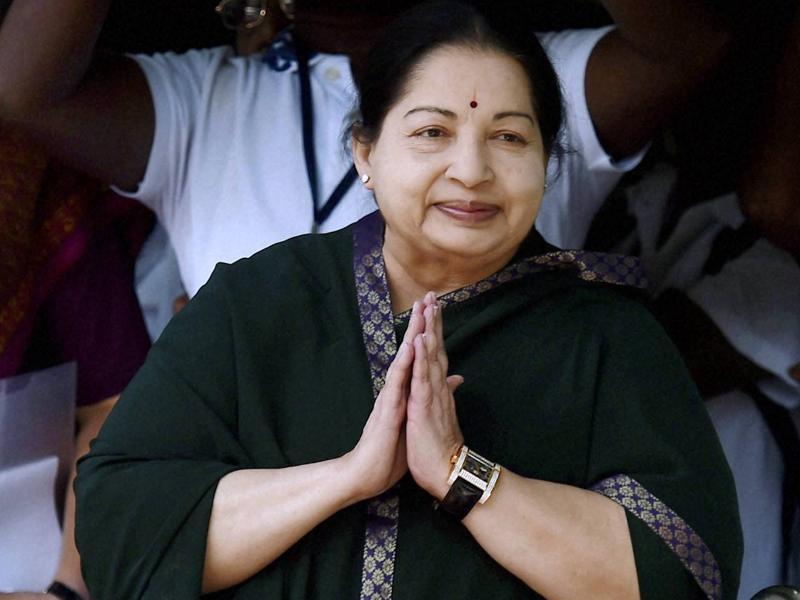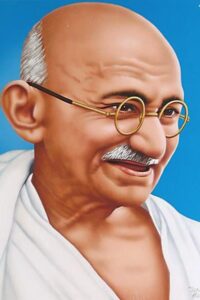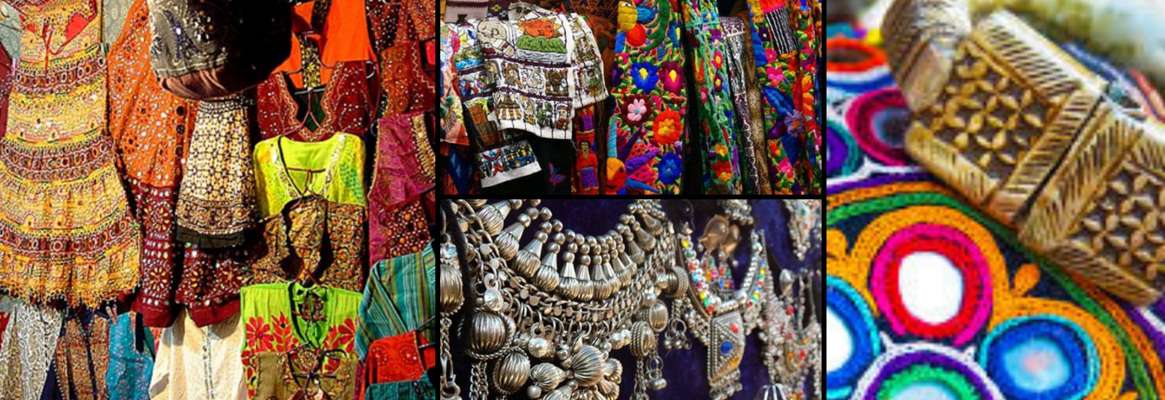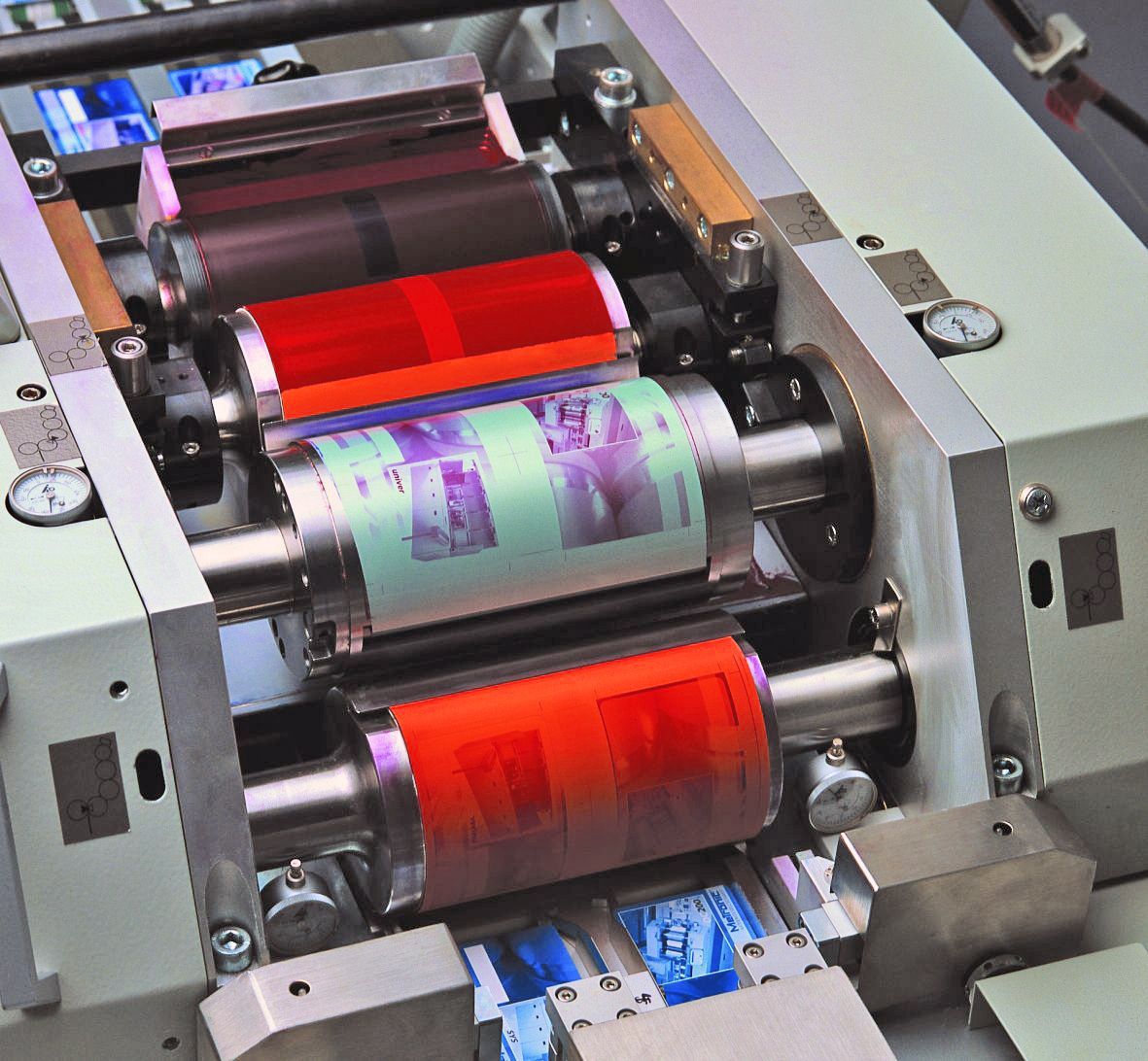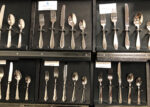ISC# 20092021
1. Hidden Cameras
Smile, you’re on Candid Camera! Well, not really. But cool new products like this hidden camera are so covert that no one would ever expect it to be anything other than a USB wall charger. We’re not ones for promoting or selling sneaky hidden cameras, but sometimes you just need to err on the side of caution. Like if you’re a business owner of a brick and mortar location, or a new parent hiring a babysitter off Craigslist. Sometimes, a hidden camera is exactly what you need to keep your business, family, or prized possessions safe. This new product example will be on an upward trend for a while as the security industry is booming right now. If you’re looking for a profitable niche to dive into, this one’s a clear cut winner. The only downside to selling hidden cameras is that it’s one of the things you can’t sell on Facebook. So you’ll need to attract your audience through search-based marketing methods.

2. Rainbow Flatware
Remember a while back when the cool new products on the market were mermaid makeup brushes, marble makeup brushes, or even unicorn brushes? Well, now flatware will be undergoing a bit of a makeover. Right now, rainbow flatware is selling like crazy. And who knows? There could very well be other types of new products in the flatware niche over the coming months and years so this product niche example is going nowhere fast. If you’re in the home or kitchenware niches, you could add this product to your store, and don’t forget to keep a lookout for other flatware trends in the coming months – because they’re definitely coming. While flatware isn’t normally impulse buy products, the cool color tones of the rainbow style could very well work on platforms like Instagram and Facebook. And if you’ve got a search-based strategy in place, you could benefit from both impulse buy purchases and search-based ones.

3. Bio Magnetic Ear Stickers for Weight Loss
I’d never imagine a day where earrings would help you lose weight, but that day has in fact come. These bio magnetic ear stickers help shed pounds by applying pressure to a specific part of the ear. It acts as a form of acupuncture. Since the magnets are putting pressure on your ears, they help stimulate blood flow. According to several acupuncturists, there is some validity that magnets can help with weight loss. If you are thinking of selling these brand new products, be sure not to make any claims. You can use language like “helps stimulate blood flow for weight loss” or “may aid weight loss.” However, don’t make any claims about how much weight your customers will lose. Avoiding claims is a common practice in fitness and health care to avoid liability and legal action. Keep in mind that the way you phrase your benefits can also be the difference between having your ads accepted or rejected on ad platforms like Facebook.

4. Smart Personal Air Cooler
While air coolers aren’t exactly new products on the market, they’re starting to become quite mainstream. In some countries, like Germany, there are several environmental laws which make getting air conditioning a bit complicated. As a result, items like personal air coolers may be purchased to keep the home or workplace cool in the summer. Plus, with more condos being built in major cities, sometimes entire buildings lose their AC for weeks. And with the greenhouse effect occurring from the sun shining down in your condo, people can be desperate enough to buy an air cooler for themselves. To market this product, you can scan conversations on Twitter about hot weather or extreme heat.

5. Diamond-Shaped Ice Cube Tray
The best new products almost always offer a new twist to an existing product. And that fact seems crystal clear when you look at this diamond-shaped ice cube tray. While a standard ice cube tray is practical for everyday use, the diamond-shaped ice cube tray is perfect for special events. Hosting an engagement party or a girls’ night? This new product is fit for the occasion. It’s also a great gift for diamond lovers/retailers. If selling this trending product, consider tapping into the bridal niche first. You can sell these brand new products on Instagram using pictures of the ice cubes in different settings.

6. Reusable Straws
With plastic straw bans becoming more common, there’s likely to be a demand for great new products that are reusable, like these reusable straws. These are a great product to sell, especially if you have an eco-friendly product store or if you sell kitchenware. Attracting customers to this new product won’t be too complicated. There’s been a trend against plastic for a while now. By positioning this product as good for the environment while protecting marine life from plastic waste, you could potentially build an epic social cause brand. Because a business that makes the world a better place is the best kind of business.
7. Wooden Alarm Clock
If you’re looking to create a rustic feel in your home, wooden alarm clocks can help maintain a consistent theme. You might think most people use their phones to wake them up in the morning, however, alarm clocks do more than just tell time and wake you up in the morning. They can also be used as home decor. Take a look at this wooden alarm clock on Amazon – it has over 880 reviews. And let’s be honest: not everyone who buys leaves a review. So there’s definitely a market for wooden clocks if you’re looking for new products to sell in the home decor space.

8. Baby Feather Wings
Your newborn baby is your pride and joy. So it’s no surprise that new parents take a lot of photos of their little angels. Photography props like these baby feather wings will continue to grow in popularity. Especially since we live in a photo-obsessed world. When it comes to selling these new products coming out, you can also sell other maternity or newborn products, or you can sell other photography props. These can work well on visual platforms like Instagram or Facebook. Bonus points for creating photos of adorable babies wearing the product for you to use on ads. And with Halloween as a great excuse to dress up this can even be a costume idea for newborns.

9. Dimmable Vintage Edison Light Bulbs
These light bulbs are known to shine bright and last long. While these new products can only be sold in countries like the USA, Japan, and certain South American countries due to their high voltage, those markets have a combined population of nearly 1 billion people. The best part about selling light bulbs is that you’ll be able to increase average order value easily by bundling these products. Most people don’t only buy one light bulb at a time when shopping. Thus, allowing you to make more money out of each customer.

10. Hair Removal Epilator
The best new products solve burning problems and this product is a great example. With this hair removal epilator, you’ll be able to remove a large mass of hair while destroying hair roots. Why’s that great? It takes a much longer time for the hair to grow back than when you use an electric shaver. Plus, the hair also grows back thinner. By highlighting key features you to better attract your audience and work towards converting the sale. With hair removal products maintaining popularity over time, this is a reliable product to sell. You can create videos that show how the product works for your Facebook ads. Or you can create optimized content on your product page to rank on Google. For certain products, some online retailers choose to create landing pages for their products rather than using a traditional product page. You can do this by modifying your theme or create landing pages with an app like Shogun.


